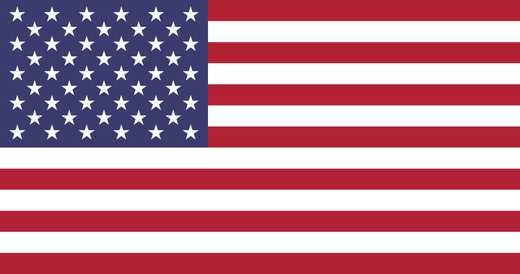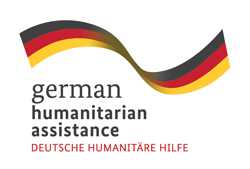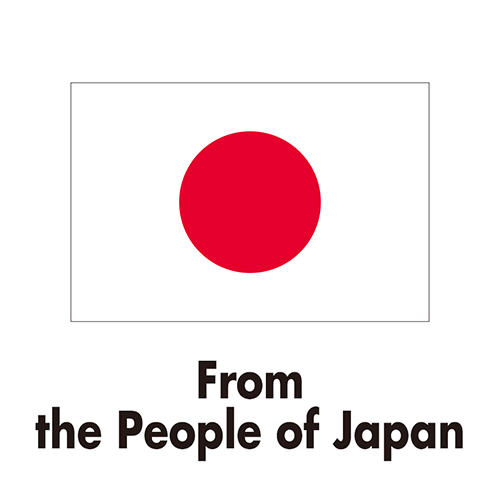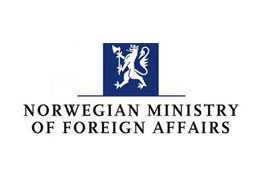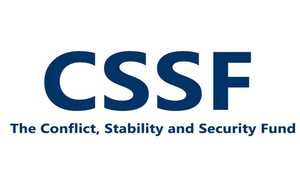The civil war between the government and the Liberation Tigers of Tamil Eelam has left large areas of Sri Lanka contaminated with landmines and unexploded bombs.
MAG has been working in Sri Lanka since 2002 locating and removing landmines and other unexploded bombs, helping Sri Lanka reach its goal of becoming landmine-free by 2020.
Why we work in Sri Lanka
A three-decade civil war ended in 2009 and resulted in large areas of both the northern and eastern provinces being contaminated with landmines and unexploded bombs.
The conflict also displaced hundreds of thousands of people, many of whom have now returned and are resettling in their former homelands. Yet the ever-increasing demand on land has resulted in returning populations living close to areas known to contain landmines and other unexploded bombs.
As well as the immediate threat to life, the inability to develop land for infrastructure such as schools, roads and farms means communities suffer economically.
The majority of people living in mine-affected communities are farmers who need the land to survive. Sri Lanka may have reached middle-income status, but this cannot be easily seen in rural northern and eastern areas which remain amongst the poorest in the country.
Since the land has been cleared we don’t have that fear and can walk in confidence.
ThavamalarSri Lanka
How we help
MAG has been working in Sri Lanka since 2002 locating and removing landmines and other unexploded bombs. Since the end of the conflict in 2009, MAG has released over 350 million square feet of land, and cleared more than 42,000 mines and 14,800 other unexploded bombs in Sri Lanka.
MAG uses community liaison teams to ensure its projects are participatory and include the most vulnerable groups. The teams function as intermediaries between the program and the community and are often recruited from local populations. Community liaison teams also communicate with families from affected communities, as well as with local authorities, to identify hazardous areas or at-risk groups.
Between 2015 and 2017, MAG played a key role in the national resurvey of all registered suspect hazardous areas to generate a definitive data set of land to be cleared. This pivotal body of work means that less than 10 square miles of land remains contaminated.






